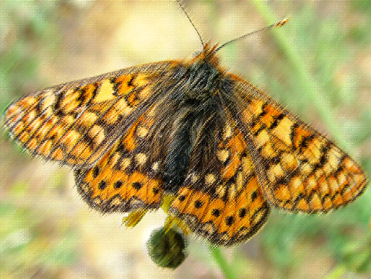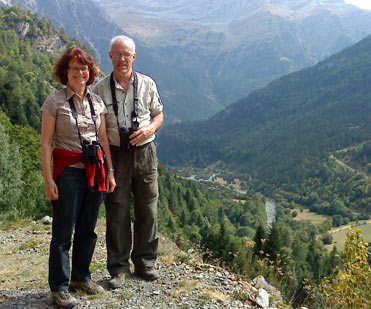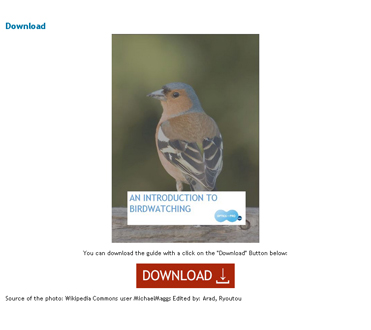100 butterflies
The Birding In Spain butterfly list of 2014

Common name
- Swallowtail
- Scarce Swallowtail
- Spanish Festoon
- Apollo*
- Black-veined White
- Large White
- Small White
- Green-veined White
- Bath White
- Orange-tip
- Moroccan Orange Tip
- Clouded Yellow
- Berger’s Clouded Yellow
- Brimstone
- Cleopatra
- Wood White
- Provence Hairstreak
- Green Hairstreak
- Sloe Hairstreak
- False Ilex Hairstreak
- Ilex Hairstreak
- Blue Spot Hairstreak
- Small Copper
- Scarce Copper*
- Long-tailed Blue
- Lang’s Short-tailed Blue
- Holly Blue
- Little Blue
- Osiris Blue
- Green-underside Blue
- Black-eyed Blue
- Panoptes Blue
- Silver-studded Blue
- Brown Argus
- Mother-of-Pearl Blue
- Chalk-hill Blue
- Adonis Blue
- Common Blue
- Duke of Burgundy Fritillary
- Nettle-tree Butterfly
- Monarch
- Plain Tiger*
- Southern White Admiral
- Camberwell Beauty
- Peacock Butterfly
- Small Tortoiseshell
- Large Tortoiseshell
- Red Admiral
- Painted Lady
- Queen of Spain Fritillary
- Comma Butterfly
- Cardinal Fritillary
- Silver-washed Fritillary
- High Brown Fritillary
- Dark Green Fritillary
- Twin-spot Fritillary
- Marbled Fritillary
- Glanville Fritillary
- Knapweed Fritillary
- Spotted Fritillary
- Meadow Fritillary
- Provençal Fritillary*
- Heath Fritillary
- Marsh Fritillary
- Spanish Fritillary
- Marbled White
- Iberian Marbled White
- Esper’s Marbled White
- Western Marbled White
- Spanish Marbled White
- Grayling
- Tree Grayling*
- Striped Grayling*
- Black Satyr
- Great Banded Grayling
- False Grayling*
- Piedmont Ringlet
- Autumn Ringlet*
- Meadow Brown
- Dusky Meadow Brown*
- Gatekeeper
- Southern Gatekeeper
- Spanish Gatekeeper
- Small Heath
- Dusky Heath
- Pearly Heath
- Chestnut Heath
- Speckled Wood
- Wall Brown
- Large Wall Brown
- Grizzled Skipper
- Oberthür’s Grizzled Skipper
- Safflower Skipper
- Red Underwing Skipper
- Marbled Skipper
- Mallow Skipper
- Dingy Skipper
- Large Skipper
- Small Skipper
- Silver-spotted Skipper*
* Denotes a butterfly seen in 2014 but not with clients present.
Bearing in mind that it’s not always a given thing to get birders to look at butterflies we consider that there are some interesting insects on this list.
The targets for 2015 are to fill in a few of the gaps, especially as far as the later species are concerned. It would also be great to gain some more confidence with some of those challenging “blues”.


